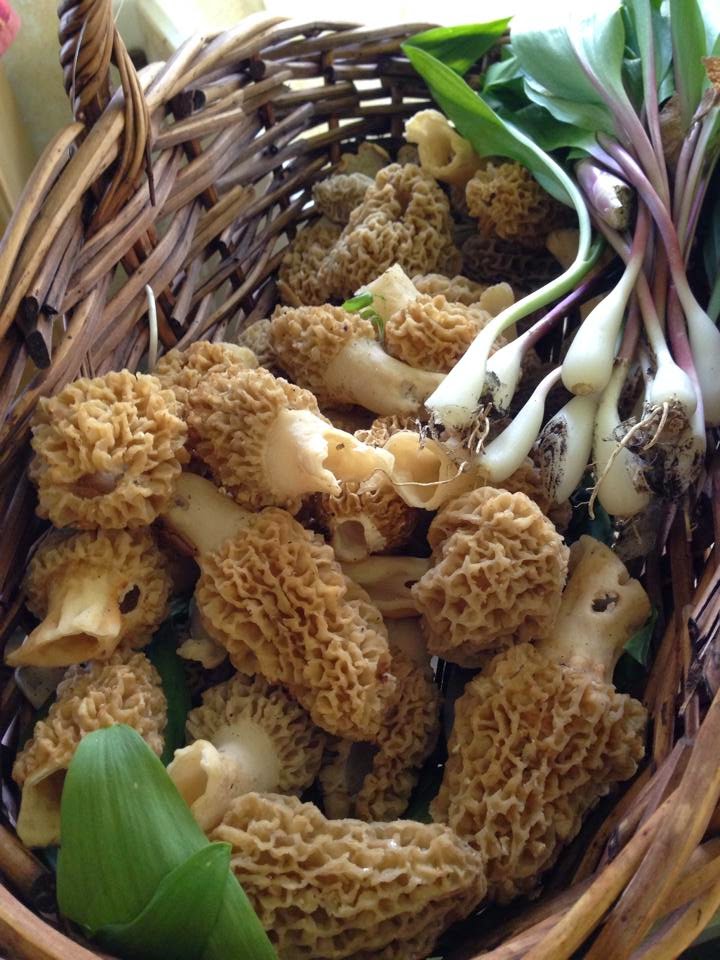At first glance many would say that this flower is a dandelion. In fact, it's often confused with dandelion. But really, it's very different and easy to tell apart.
This is Coltsfoot. Although it's not native it is pervasive in much of it's range which is the North eastern states as far south as North Carolina and Washington. If fact it is often listed as a "noxious weed". Me? I think it's a wonderful plant to know and use.
If you don't know this plan, identification is easy. The flowers are the color and size of dandelion flowers. It's often found along side and disturbed ground in early spring in larger colonies so it's easy to spot as you're driving by. You can spot it some in upland and floodplain forests and woodlands.
Dandelion flowers are found on a stem that's smooth and hollow like a straw. Dandelion also exudes a milky sap. Coltsfoot stems have a white fuzz and may look a little like asparagus.
Another difference between dandelion and coltsfoot is that the coltsfoot flowers before the leaves appear. The leaves may look a little like grape leaves, although this plant is not a vine. There is one leaf per stem as there is also one flower per stem. The leaf is about the size of a fist or smaller. The undersides of the leaves are fuzzy and grey.
NAME: Coltsfoot
BOTANTIC NAME ~ Tussalago farfara The Latin term tussilago denotes cough, the dried out leaves of this plant have been used to treat this condition since early days. The name Farfarus is an ancient name for the Poplar tree, which has similar leaves.
DESCRIPTION ~ It grows from 1 to 2 feet high. The root is perennial and somewhat creeping; the stems, hard and wiry, furrowed. The leaves are coarsely toothed.
USES ~ Traditional medicinal for coughs and sparingly in salads and as a steamed vegetable.
PARTS USED ~ Young leaves, for tea or syrup to treat coughs.
~ Flower buds, young flowers and leaves can be added to salads or steamed as a vegetable. The flavor is similar to anise.
Coltsfoot is used as a respiratory disinfectant, expectorant and t and makes an effective tea to Consider a keeping some dried coltsfoot on hand for those winter coughs.
Coltsfoot tea with local honey is very effective in clearing congestion and as a cough supressant. It can be combined with other herbs such as peppermint, mallow, or horehound.
PRECAUTIONS ~ Coltsfoot should not be used by pregnant women.
~ The pyrrolizidine alkaloids present in the plant are potentially toxic in large doses and can damage the liver, but have not proven toxic in the doses usually used to treat coughs. Still, it is recommended that coltsfoot tea or syrup not be used for more than 3-4 weeks at a time
Don't combine coltsfoot with blood pressure medication.







